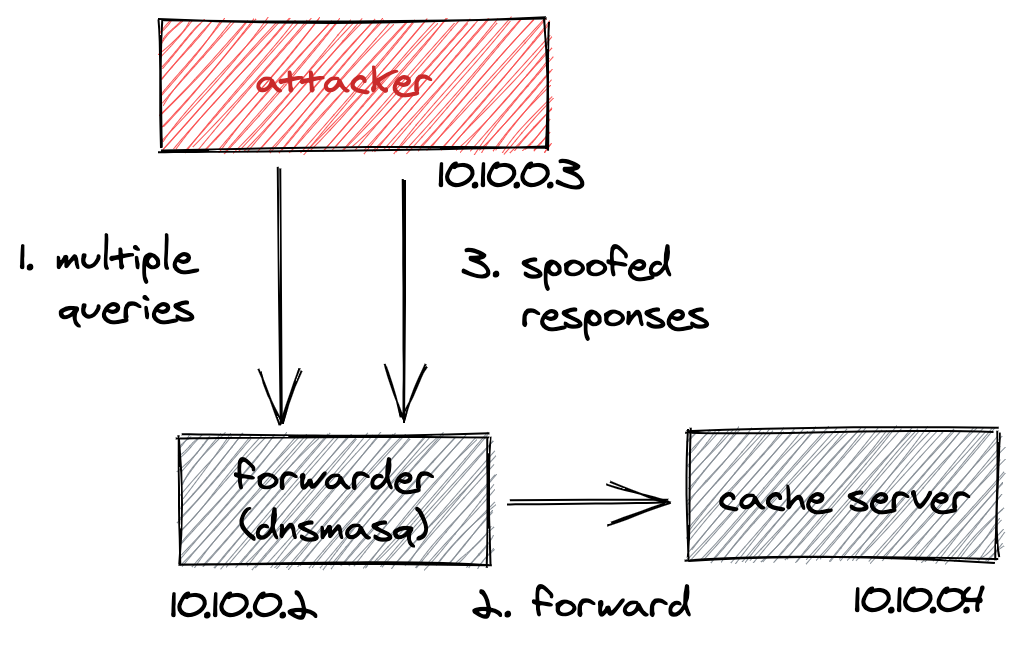josianne supongo que usabas un complemento para Firefox
¿Cuál era por curiosidad? como comenta @XSStringManolo, por desgracia, se han dado varios casos.
hombre pero no seas así @XSStringManolo xD
No todos las VPN's gratuitas son inseguras jeje aunque supongo que muchas logean...
ProtonVPN de los creadores de ProtonMail
NordVPN
https://addons.mozilla.org/es/firefox/addon/nordvpn-proxy-extension/
Don't use VPN services.
https://gist.github.com/joepie91/5a9909939e6ce7d09e29

¿Cuál era por curiosidad? como comenta @XSStringManolo, por desgracia, se han dado varios casos.
CitarPasa con todos los VPN y proxy.
hombre pero no seas así @XSStringManolo xD
No todos las VPN's gratuitas son inseguras jeje aunque supongo que muchas logean...
ProtonVPN de los creadores de ProtonMail
NordVPN
https://addons.mozilla.org/es/firefox/addon/nordvpn-proxy-extension/
Don't use VPN services.
https://gist.github.com/joepie91/5a9909939e6ce7d09e29
CitarVPNs don't provide security. They are just a glorified proxy.


